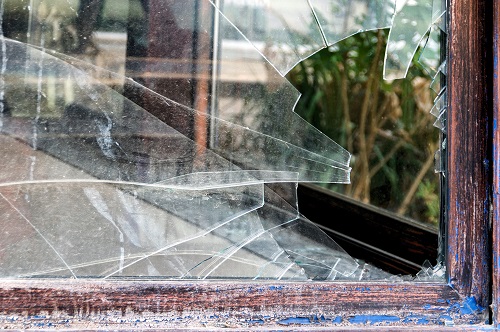Are Business Income Losses Covered After Riot Damage Amid COVID-19 Closures?

By: Big “I” Virtual University Faculty
Q: Several of my clients have suffered damage as a result of the recent riots. However, they were already closed as a result of state-wide COVID-19 closures. How will the business income policy respond? Will loss payments be affected by the previous closure order?
A: Unfortunately, yes, the business income payment is affected by the COVID-19 closures. When and if business income coverage is written using ISO language similar to the CP 00 30 10 12 – Business Income Coverage Form—With Extra Expense or CP 00 32 10 12 – Business Income Coverage Form—Without Extra Expense, the same methodology for determining business income loss payments is applied.
These and similar business income forms determine the amount of loss as follows:
3. Loss Determination
a. The amount of Business Income loss will be determined based on:
(1) The Net Income of the business before the direct physical loss or damage occurred;
(2) The likely Net Income of the business if no physical loss or damage had occurred, but not including any Net Income that would likely have been earned as a result of an increase in the volume of business due to favorable business conditions caused by the impact of the Covered Cause of Loss on customers or on other businesses;
(3) The operating expenses, including payroll expenses, necessary to resume “operations” with the same quality of service that existed just before the direct physical loss or damage; and
(4) Other relevant sources of information, including:
(a) Your financial records and accounting procedures;
(b) Bills, invoices and other vouchers; and
(c) Deeds, liens or contracts.
Paragraph 3. a. (2) is key in both ISO’s business income policies. Both apply the likely net income to determine the amount of business income loss. If the business was considered “non-essential” and was closed in an attempt to control the spread of COVID-19, the likely net income is zero because no dollars were being earned.
For example, a retail operation is forced by governmental decree to close for 30 days. The business is losing revenue during the government shutdown but there is no coverage for the loss of income. As if that’s not problematic enough, let’s add damage caused by rioters.
As per policy wording, the loss is adjusted based on the “likely net income,” which during the government decreed shutdown is zero. Therefore, the insured is not due any indemnification. The unrealized revenue results from an excluded cause of loss because the proximate cause of the lost revenue is the government shutdown, not the damage caused by the rioters.
Efficient proximate cause is the basis of business income claim payments. If the efficient proximate cause of lost revenue is a covered cause of loss, the lost revenue is covered. If the efficient proximate cause is an excluded cause of loss, there is no coverage for the lost revenue.
But if an excluded cause and a covered loss “cross over,” the excluded cause takes precedence. Concurrent causation wording in the special cause of loss form excludes loss for acts or decisions of a governmental body, meaning there is no coverage during the governmental shutdown period.
However, if the period required to repair the damage caused by the rioters extends beyond the government-mandated shutdown, the loss of revenue during that time period is covered by the business income policy.
This question was originally submitted by an agent through the Big “I” Virtual University’s (VU) Ask an Expert Service, with responses curated from multiple VU faculty members. Answers to other coverage questions are available on the VU website. If you need help accessing the website, request login information.










